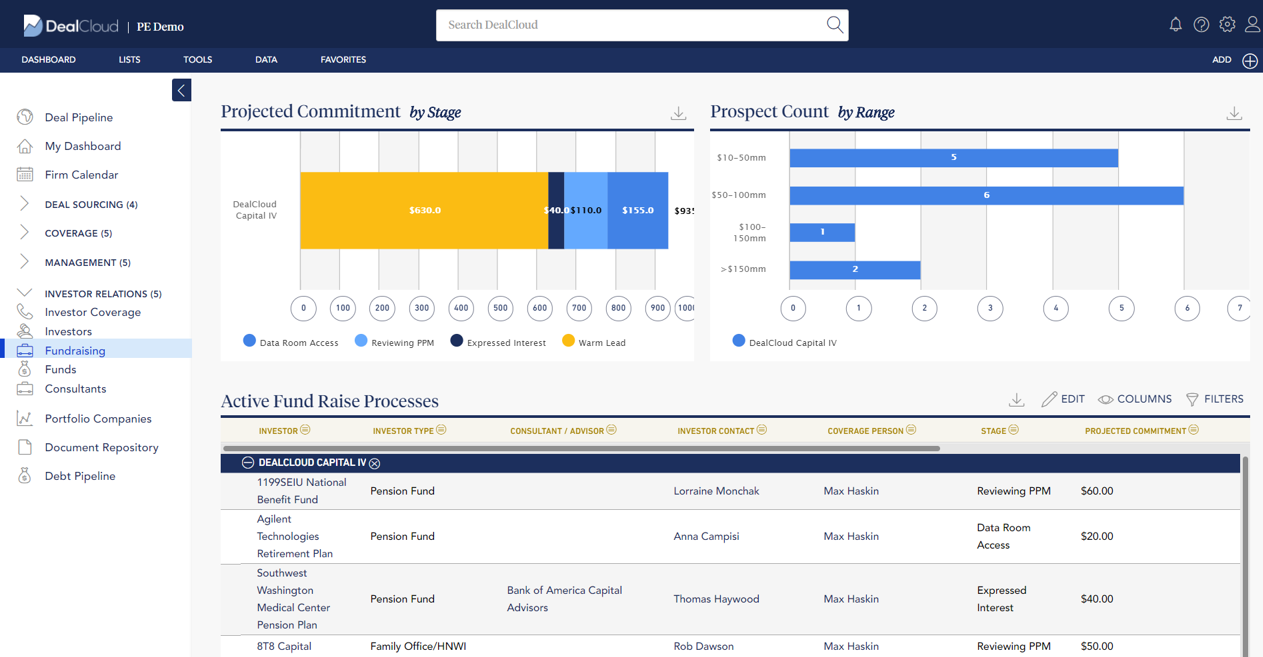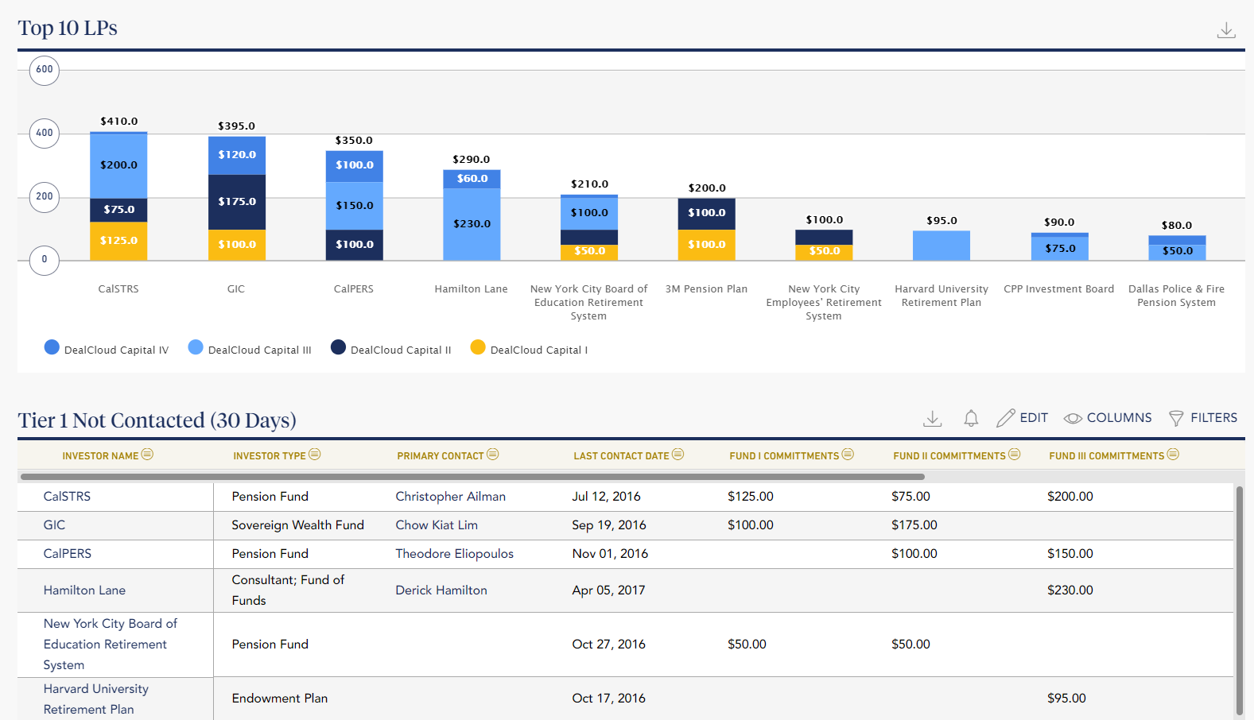Thanks to ever-present competition, the diversification of investor types, and the specific, incessant demands of LPs, investor relations (IR) managers are tasked with wearing many hats. One needs only to look to the modern market’s volatility to know that the role of IR manager has changed a great deal in the last decade.
Today’s IR and fundraising teams are tasked with wearing many hats, such as asset class expert, marketing/communications specialist, relationship/business development whiz and risk manager – all at once. Needless to say, these professionals need smart and strategic tools at their disposal in order to meet the demands of their role. In this article, we examine three ways IR professionals can gain an edge with the right technology in hand.
1. Lean into the rise of data
As with many industries, asset management and private equity investing have been heavily impacted by the rising need for (and proliferation of) data. Now more than ever, IR professionals are expected to synthesize complex data to tell a story about performance and overall health.
Best-in-class IR professionals demand a robust understanding of the data that’s flowing in and out of the firm’s purview at all times. Customer relationship management (CRM) platforms are extremely useful tools for managing this type of data because they allow IR and fund professionals to seamlessly track LP investment appetite, fund commitments by date and size, LP touchpoints, and many other critical data points.

Having IR-specific data housed within the same platform as the rest of the firm’s data creates a more seamless experience for all team members, and increases transparency across internal and external stakeholders. In addition to your proprietary data, it’s important that your software has the ability to import and integrate external data sets, as well.
2. Revolutionize your reporting capabilities
In order to meet the demands of the modern-day LP, investor relations professionals need to collaborate with their stakeholders to gain a solid understanding of what reports are most important to them. And it’s important to note – these needs WILL change over time. That’s why more and more firms are investing in flexible technology platforms that conform to the specific needs of these investor relations CRM and information-hungry LPs.
Some softwares don’t allow IR professionals to seamlessly transition between viewing the firm’s fundraising activities and its business development activities. If, for example, an LP wants to better understand the firm’s risk and exposures in the metal fabrication industry, it would be wise to also include investment allocation, market commentary from investment bankers, and add-on targets in that same sector in your reporting. Flexible CRM softwares can help IR managers gather and synthesize this type of information more quickly and easily, which ultimately better serves the firm’s stakeholders. It’s also important to be able to provide reporting in formats that are easily digestible like PDF or Excel as needed.
3. Make relationship management more deliberate
While investor relations roadshows and regularly scheduled earnings calls have become commonplace in the equity markets and asset management world, day-to-day organization of IR functions – both internal and external – has not quite caught up to the trend in such a sophisticated way.
The most effective IR firms are those that embrace technology as a means to assign coverage over shareholders and hedge funds, organize marketing activities in certain geographies, streamline communication with analysts, and manage the inflow and outflow of information. This means that whatever IR best practices are being employed at your firm should be visible throughout the software systems that support the team day-to-day. In short: making relationship management more deliberate can only be achieved with the support of a nimble software ecosystem.

